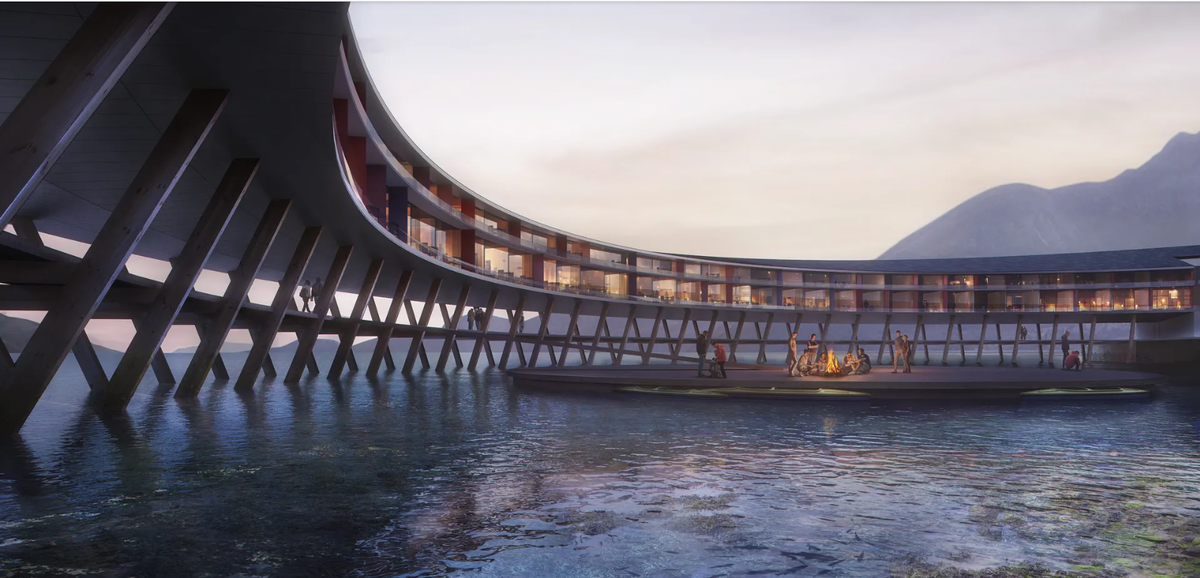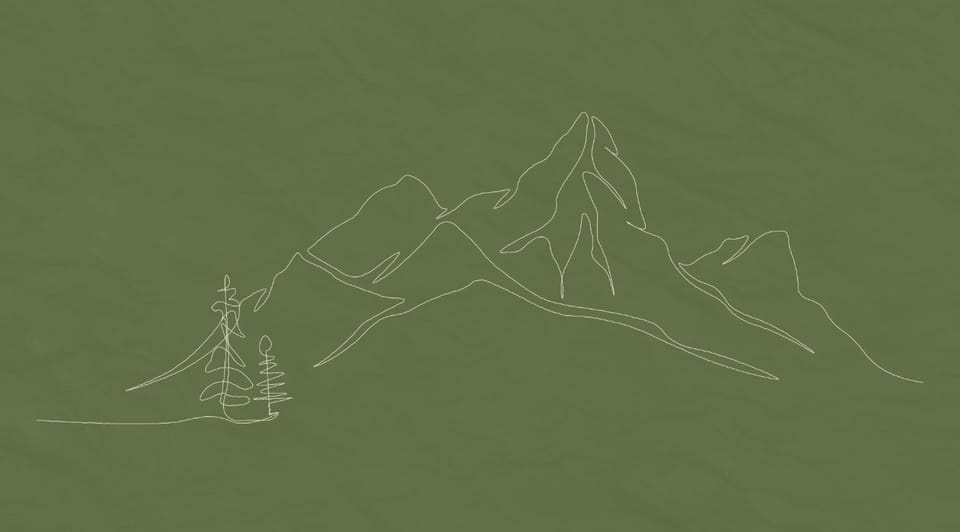5.2 - The Process Document

This module has been an eyeopener for me. It has opened my eyes to new technologies and innovations, new ways to enhance my skill set, and even has brought my workflow to another level. It has broken down a lot of my perspectives, and given me a new one - one I think I will implement in my practice. Here is my journey to getting to this point.
Week 1 - Neurodiversity
For this week we first took a look at understanding graphic design in terms of its technological advancement throughout history. A notable case study we looked at was the work of Jocelyn Zhao in collaboration with the Fabric Museum. I found it very interesting how she uses traditional methods such as weaving to connect with computer codes. I also like the connections to gradually developing technologies such as the Jacquard Loom punch cards and computer punch Cards by IBM, showing the progression in design.
“I actively experiment with a diverse range of technologies and media, from print-based publication and packaging design to digital realms…''
For practical workshops, we split into groups in order to come up with a campaign to raise awareness for neurodivergent people. In a group, we came up with representing people affected with SPD (Sensory Processing disorder) - a neurological condition that can be viewed as the natural differences in how people process sensory information. We then came up with a pitch to present, showcased here:

Week 2 - Emerging Innovations & reflection on Past project
This was the week that gave me a wave of new information regarding data driven and generative Design. In the seminar, One really key case study I took note of was the Ting-An Ho Motion Type Project. It was a project that aimed to solve the issue that so few motion graphics deviate from the roman alphabet by showcasing motion graphics in the Chinese alphabet. I took note of it because of the message it aimed to share as well as the realisation that hit me upon looking a bit more into the project. It made me think that graphic design should be equally expressed in a multitude of different languages and forms unique to different cultures. That innovative people like Ting-An Ho can bridge that gap and allow others to enjoy his language through his work.





This was also the week that introduced me to emerging innovations including AI and Augmented reality and its increasing importance and prevalence of these innovations in the current industry.

I also reflected on a past project, namely my 4.4 brief last year on rebranding. In this point, I highlight how AI and AR could have enhanced my work.

Week 3 - Workflow analysis and experimental generative design
This week was all about workflow and finding new ways to optimise efficiency, as well as break down and find solutions to inefficient workflow habits.
In this week, we were introduced to processing: a coding design software aimed at rapid generation. We were tasked to use this software to generate 100 posters of circle grids, each more different than the last. My approach to this was to essentially be as random as possible. Whichever variables allow for randomisation, I aimed to find it.

We were also tasked to take a lot at our current workflow and essentially break it down and find ways to better become efficient. This was the highlight of this module for me as it completely shattered how I currently work and got me thinking of ways to resolve it, as explained in this post:


Week 4 - production
Week 4 was focused on responding to a brief where the aim was to create an outcome out of 2 chosen prompts out of a possible 36 combinations. below I highlight my process using the app called blender.

Week 5 - Brutalist website analysis




Workshops with Jon
Every Wednesday, we would enjoy a workshop from Jon showcasing various different softwares, ones that for the most part I wasn't familiar with. Over the course of this module, we looked at Cinema 4D and dove into how to navigate through the software, how to create 3D assets as well as animation in both Cinema 4D and photoshop. While I had to miss a few of these lessons, I did get the hang of using these software and I am keen to find out more about Cinema 4D. While I am very interested in animation, I don't see the need to do it in photoshop. After testing it on a rocket animation linked below, I found photoshop to be not a good software for it.



Final thoughts and opinions
I really enjoyed this module, but more importantly I appreciated this module and what it has done to me as a designer. For a while now I hit a stage where I'm in a bit of a plateau and I was just content with what I already knew - Photoshop, InDesign, illustrator, and a handful of other apps and software. This module made me realise that it is an ever changing industry I'm prepping to set foot in. Innovations I used to stay away from like AI and augmented reality is quickly becoming mainstream and knowing how to incorporate them in my practice is important. Optimising and restructuring my workflow is essential, and keeping up with all these new websites, apps etc is something I really need to keep in mind going forward.

